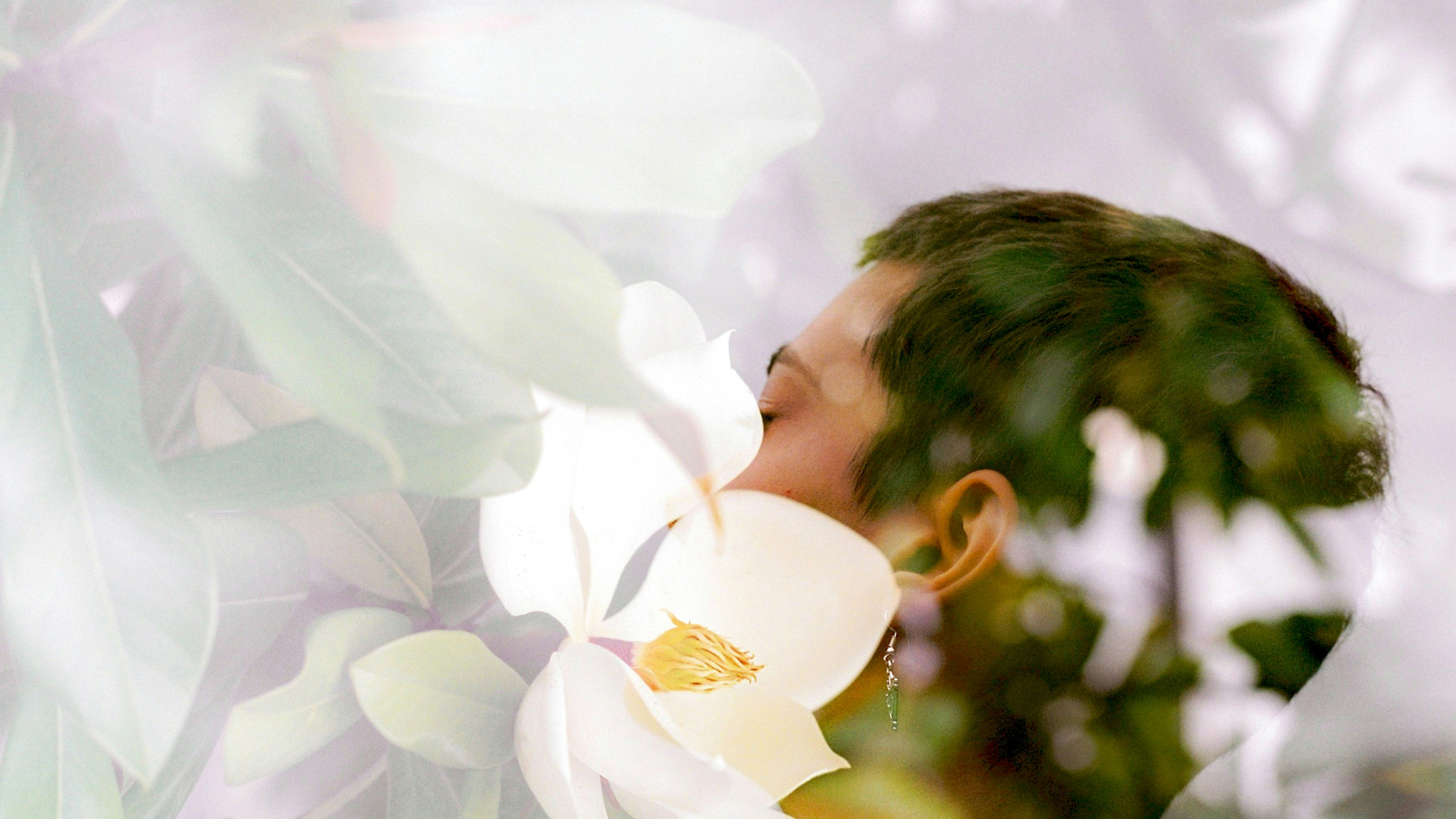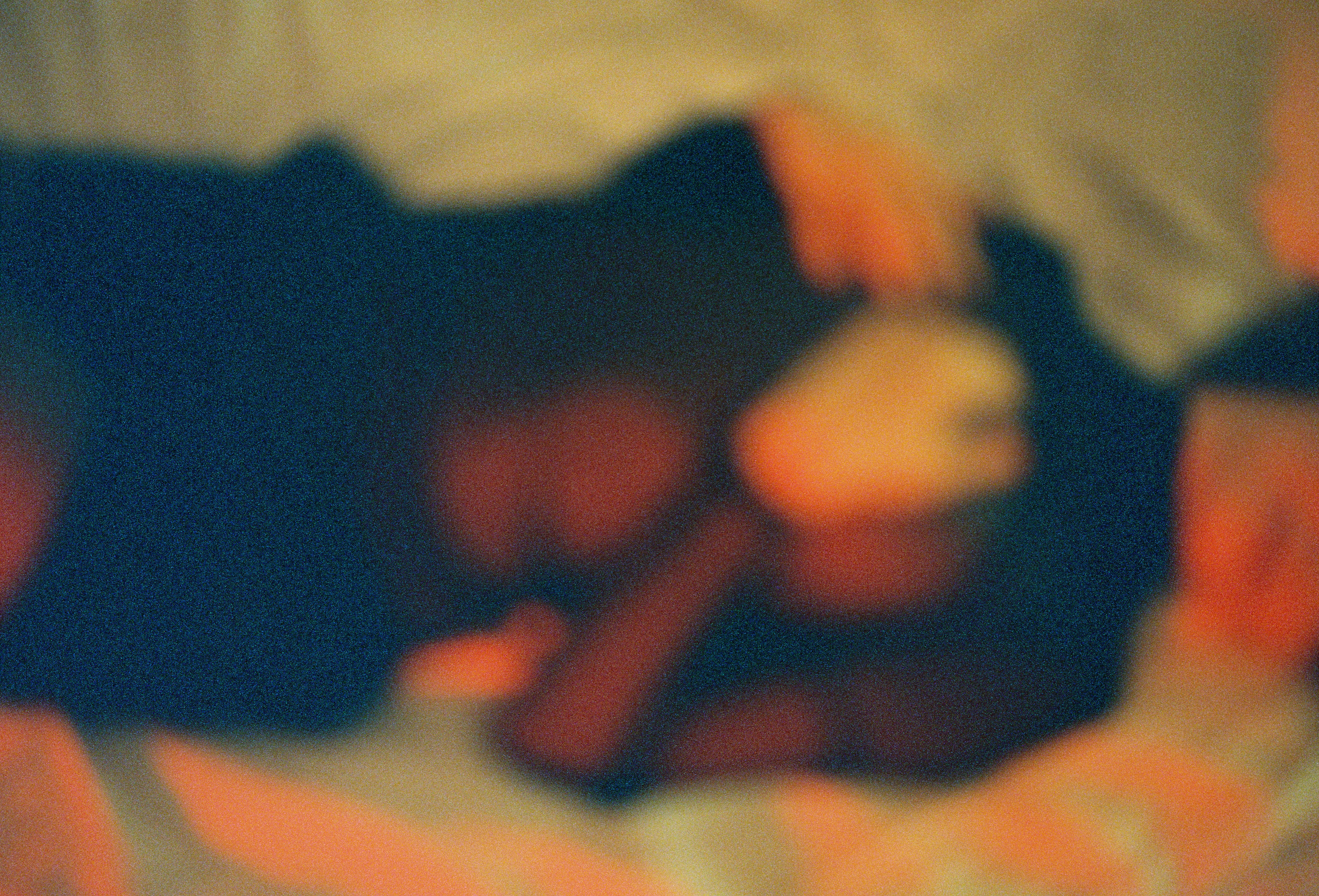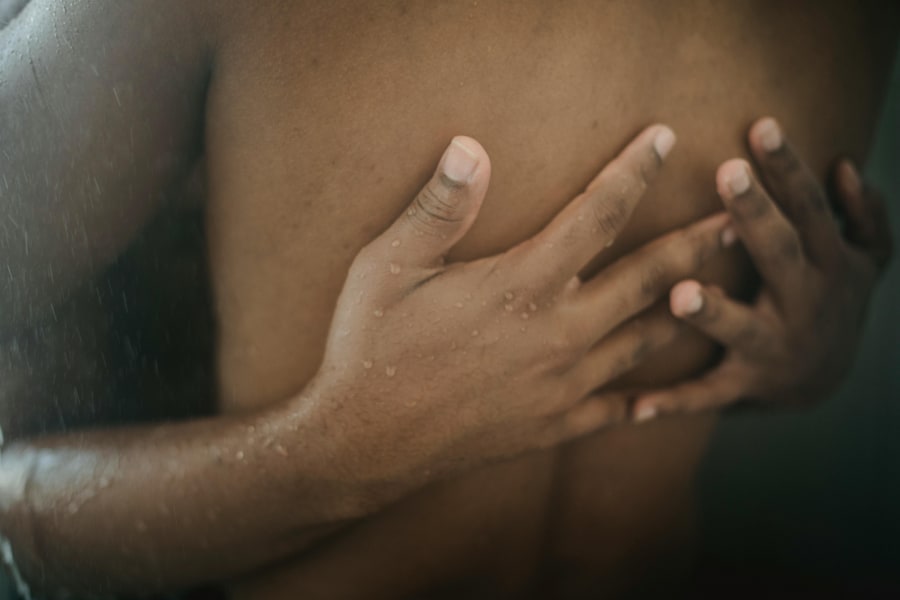
Have you ever felt curious about your attraction to people of different genders but aren't quite sure how to label it yet? You’re not alone.
Discovering your sexual identity is a personal and exciting journey, and for some, identifying as bi-curious is a great way to explore new aspects of attraction and desire with an open mind. But what does it really mean to be "bi-curious," and how do you navigate the dating world while you're still figuring things out?
Being bi-curious often means exploring your attraction to multiple genders without feeling the need to immediately adopt a label. While labels can provide clarity, they might also feel limiting or unnecessary. The most important thing is giving yourself space to explore at your own speed—and there's no right or wrong way to do it.
We talked to Erica Smith, M.Ed.—a sex educator who specializes in queer sex education—about how to create a supportive, judgment-free space as you navigate your sexual identity.
What’s the difference between bisexual and bi-curious?
When you’re exploring who you may or may not be attracted to, it can help to think of sexuality as a spectrum encompassing a range of labels and identities. Some of these terms may overlap in meaning, while others might be similar but describe slightly different experiences. For example, bisexuality and bi-curiosity are often mentioned together, but they aren’t the same thing.
Bisexuality refers to an ongoing attraction to people of more than one gender. While the “traditional” definition implied attraction to men and women, it has since evolved to include non-binary and genderqueer people. For bisexual people, these feelings are typically a consistent and integrated part of who they are.
Bi-curiosity, on the other hand, is more about exploring or questioning those attractions. It’s for people who might not feel ready to commit to a label like bisexual, but are curious to see where feelings or experiences might take them.
Then there’s heteroflexibility, a label encompassing people who typically see themselves as straight but are open to the possibility of occasional experiences with folks of other genders, without fully identifying as bisexual or pansexual. In comparison, bi-curiosity often signals an intentional exploration of sexuality.
Labels are tools, not rules. For some, terms like bisexual, bi-curious, or heteroflexible offer a sense of identity and connection, while for others, they’re not necessary at all.
How to know if you're bi-curious
If you're wondering whether you might be bi-curious, the most important thing is to give yourself space to reflect on your feelings without pressure.
For some people, it starts with identifying as heterosexual, and then feeling curious about romantic or sexual experiences with other genders. Smith suggests that "having ongoing thoughts or fantasies about people of the same gender or similarly-presenting genders" could be a sign of bi-curiosity. But it can also work the other way, for folks who initially identify as gay or as a lesbian, and then find themselves attracted to other genders, too.
You might ask yourself, "Am I curious about connecting with someone of a different gender?" or "Am I open to exploring feelings and attractions I haven't experienced before?" These kinds of self-reflective questions can help you notice patterns in your desires without needing to jump straight into a label.
Bi-curiosity might mean you feel a spark of recognition when hearing about others who are sexually fluid, or relating to queer characters in books, movies, or shows. You might also have already had positive experiences with different genders, and felt drawn to discover more.
If you’ve only ever dated one gender, you can still be bi-curious. Bi-curiosity is about your feelings and attractions, not a checklist of past relationships. Many people start to question their sexuality after years of dating only one gender, and that’s completely valid. What matters is what you’re feeling now and your curiosity about exploring it further.
How to meet other bi-curious people
Whether you're looking for friends, guidance, or potential partners, it’s reassuring to connect with others who are on a similar journey.
Online platforms like Feeld are a great place to start. Our app is designed to let members explore their sexuality and desires flexibly—whether that means opening your preferences to include different genders, connecting as a solo or partnered person, or simply seeing what feels right at your own pace.
If you prefer meeting in person, local LGBTQ+ events, Feeld socials, and Pride celebrations can be welcoming places. "Go to a community event or meetup and just see how you feel in the space," Smith suggests. These gatherings offer an opportunity to build a sense of belonging without feeling pressured. Every new connection can help you learn more about yourself and what you're seeking.

How to navigate dating when you’re bi-curious
Exploring your bi-curiosity through dating can be exciting and enriching. With clear communication, emotional readiness, and realistic expectations, you can build meaningful connections while staying true to yourself.
Open communication: how to tell people you’re bi-curious
"Think about what you want out of dating, approach it with curiosity, communicate well with your partners, and be honest with yourself and each other," says Smith. While you don’t owe anyone a detailed explanation, sharing that you're still exploring your attraction to different genders can help you to feel comfortable early on.
Being honest about your curiosity creates a foundation of trust, and helps to prevent misunderstandings by ensuring that you and any potential partners are on the same page. Smith recommends approaching the subject with something simple like: "I’m still exploring my attraction to different genders." That gives your date the opportunity to decide whether they're comfortable participating in your exploration.
If you’re nervous about bringing up your bi-curiosity, it’s OK—acknowledging that the conversation might feel difficult can actually make it easier. A simple, "Hey, this feels hard to talk about, but…" can help you ease into the conversation.
Exploring bi-curiosity while in a relationship
Bi-curiosity doesn’t only show up when you’re single. Many people begin to question or explore while already in a relationship, and that curiosity doesn’t have to mean the end of what you have together. For some couples, relationship styles like polyamory, ethical non-monogamy (ENM), or open relationships can offer space to explore attraction to different genders, while still staying connected and honest with each other.
There’s no one way to do this. Some partners prefer to explore together, while others create agreements around dating separately. What matters most is keeping communication open—checking in often, being clear about boundaries, and talking honestly about what feels good and what doesn’t. The important thing is deciding together what your relationship looks like, and making choices that support both your curiosity and your connection.
Dating when you’re unsure about your sexuality
Focus on exploring your feelings rather than rushing into a label, and let potential partners know where you are in your journey. Instead of feeling pressure to "come out" with a definitive identity, some people identify as "questioning" or "curious" to signal where they're at, while others prefer not to use a label at all. Pay attention to how different connections make you feel. What excites you? What do you resonate with?
For some people, curiosity stays open-ended. For others, trying things out is what brings clarity—sometimes that means embracing a bisexual identity, and sometimes it means realizing the attraction doesn’t stick. Either way, it’s valid.
Exploring bi-curiosity through dating apps
Dating apps and communities designed for curious or LGBTQ+ people—like Feeld—can provide safe, supportive spaces to connect. Learning about different orientations, chatting with people who get it, and giving yourself permission to explore can all make it easier to figure out what feels right for you. "Use apps to dip your toes into bisexuality,” Smith suggests. ”Even just opening your search up to people of the same gender is a big first step."
Boundaries and self-care
Boundaries can look different for everyone. You might decide not to share your questioning status with friends or family until you feel ready. You may decide to take things slowly when it comes to physical intimacy, or be upfront about whether you're interested in something casual or more committed. As Smith says, "It's important to communicate your feelings and boundaries clearly, especially if you're still figuring out what you're looking for." If someone dismisses your uncertainty or pushes you to define yourself before you're ready, that can be a red flag.
Self-care is just as important. Making time to check in with yourself—through journaling, therapy, or simply talking with trusted friends—can help you stay grounded. It can also mean giving yourself permission to take breaks from dating, especially if it starts to feel overwhelming.
Challenges of dating when you’re bi-curious
Dating often comes with its challenges. But dating while you’re still figuring things out means navigating your own feelings while also handling how other people see you. Here are some things bi-curious people may experience...
Fear of judgment
You might be apprehensive about judgment from people in your life who may not understand why you’re questioning your sexuality. But your curiosity is valid, and you don’t owe anyone any answers.
Confusion and uncertainty
Questioning your sexuality can sometimes feel like an emotional rollercoaster. You might have strong attractions one day and doubt yourself the next—but that doesn’t make your experience less real. It just means you’re still working things out. Taking your time helps you notice what genuinely feels good.
Managing expectations
You might feel like you need to prove something—whether to yourself, a partner, or people you know. This could include feeling pressured to try things quickly or to settle on a label before you’re ready. The truth is, you don’t have to prove anything. The most important thing is to move at your own pace, and to do what you’re comfortable with.
Dealing with stereotypes
You might hear that you’re “just experimenting,” “confused,” or “on your way to picking a side.” Those comments can feel dismissive and erase the reality of your curiosity. This Reddit thread breaks down the phrase “isn’t everyone a little bit bi,” which many people push back against. On the surface, it might sound lighthearted, but in practice, it can be harmful—suggesting that bi-curious folks’ feelings aren’t meaningful or lasting.
Navigating dating apps
These platforms can feel like both a safe place to explore and a spotlight you’re not ready for. You might worry about being judged by more experienced queer folks, or feel unsure about how to present or how to label yourself. On Feeld, we encourage everyone to show up as they are—curious, questioning, or still figuring it out. Sharing your openness, even in a small way, can help you find people to relate to and connect with.
Managing emotional readiness and expectations
Dating while bi-curious can be tough emotionally. It’s important to approach this journey with patience, allowing your identity to unfold at its own pace. Smith reminds us: "It’s OK to be curious, to try new things, and to decide what all of that means to your identity."
Feeling uncertain is a valid part of this process. "Bi-curious people deal with confusion and uncertainty, but it’s helpful to remember that it’s OK to not have everything figured out," Smith adds. "A lot of people go on a journey with their sexuality as they come to the realization that they’re queer—or not—and this is normal."
Curiosity is how we grow, connect, and learn more about who we are—and exploring your bi-curiosity is no different. Whether you're just starting to notice new attractions, discovering what feels right for you, or ready to connect with others who share your openness, this journey is yours.
There’s no rush to define yourself—or to stick with a label that doesn’t feel right. After all, they do say you shouldn’t knock it until you’ve tried it. If you’re feeling ready, you can discover new connections—and see where your exploration takes you—on Feeld.


